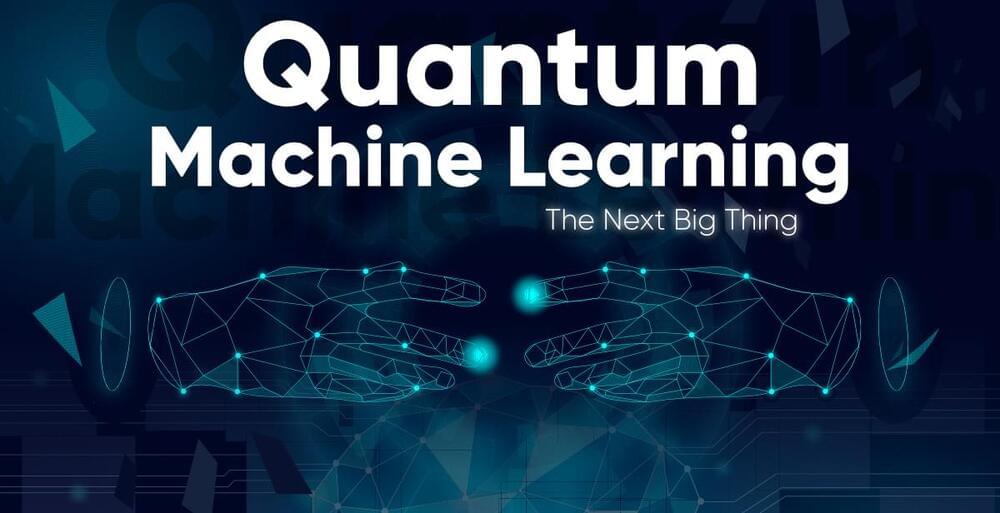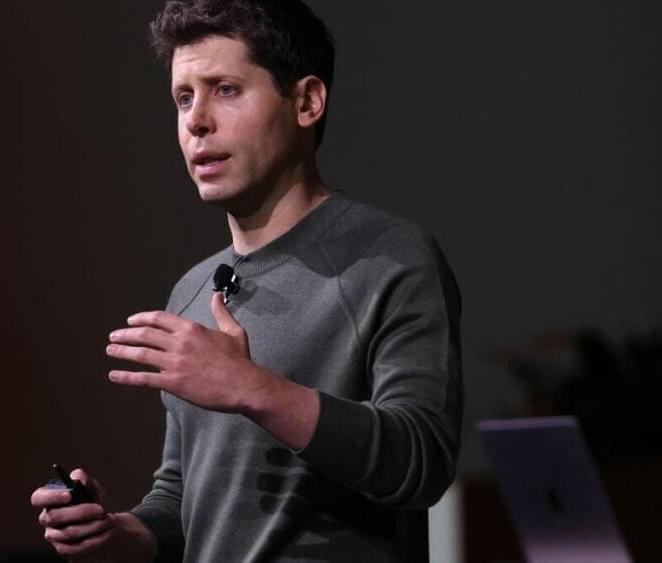(TQI) is the leading online resource dedicated exclusively to Quantum Computing.


Follow us on Instagram for new content, giveaways, and more: https://shorturl.at/rwC16In a ‘billiard-ball world’ of Newtonian science, causation was obvious—…
Learn more about quantum mechanics from my course on Brilliant! First 30 days are free and 20% off the annual premium subscription when you use our link ➜ https://brilliant.org/sabine.
Particle physics have conducted a test using data from the Large Hadron Collider at CERN to see if the particles in their collisions play by the rules of quantum physics — whether they have quantum entanglement. Why was this test conducted when previous tests already found that entanglement is real? Is it just nonsense or is it not nonsense? Let’s have a look.
Paper: https://arxiv.org/abs/2311.
🤓 Check out my new quiz app ➜ http://quizwithit.com/
💌 Support me on Donorbox ➜ https://donorbox.org/swtg.
📝 Transcripts and written news on Substack ➜ https://sciencewtg.substack.com/
👉 Transcript with links to references on Patreon ➜ / sabine.
📩 Free weekly science newsletter ➜ https://sabinehossenfelder.com/newsle…
👂 Audio only podcast ➜ https://open.spotify.com/show/0MkNfXl…
🔗 Join this channel to get access to perks ➜
/ @sabinehossenfelder.
🖼️ On instagram ➜ / sciencewtg.
#science #sciencenews #CERN #physics


Related: Warp drive and ‘Star Trek’: The physics of future space travel
Alcubierre published his idea in Classical and Quantum Gravity. Now, a new paper in the same journal suggests that a warp drive may not require exotic negative energy after all.
“This study changes the conversation about warp drives,” lead author Jared Fuchs, of the University of Alabama, Huntsville and the research think tank Applied Physics, said in a statement. “By demonstrating a first-of-its-kind model, we’ve shown that warp drives might not be relegated to science fiction.”
Here is an interview concerning the current AI and generative AI waves, and their relation to neuroscience. We propose solutions based on new technology from neuroAI – which includes humans ability for reasoning, thought, logic, mathematics, proof etc. – and are therefore poorly modeled by data analysis on its own. Some of our work – also with scholars – has been published, while more is to come in a spin-off setting.

There used to be the concept of a “singularity”. The idea was that computers would become smarter than humans and start to replace them. Even the idea that humanity would be substituted by silicon-based computing machines (robots) was suggested. Against that two years ago we set the concept of “The convergence”. This assumes that biological and silicon-based computation would merge in the sense of better control over biological processes like diseases and longevity. It is essentially a deeply humanistic perspective, in spite of being futuristic, and not taking misuses actively into account.

“Engineering the brain”. There was no intelligent design, and as a result, body organs do not resemble machines. Once we start building machines like body organs — with utility functions, self-organization and cells as building blocks, we can mesh engineering and evolutionary principles to arrive at better organisms.

We present a novel model of neuroplasticity in the form of a horizontal-vertical integration model. The horizontal plane consists of a network of neurons connected by adaptive transmission links. This fits with standard computational neuroscience approaches. Each individual neuron also has a vertical dimension with internal parameters steering the external membrane-expressed parameters. These determine neural transmission.
In a paper titled, “Multimodal MRI reveals brainstem connections that sustain wakefulness in human consciousness,” published today in Science Translational Medicine, a group of researchers at Massachusetts General Hospital, a founding member of the Mass General Brigham healthcare system, and Boston Children’s Hospital, created a connectivity map of a brain network that they propose is critical to human consciousness.
The study involved high-resolution scans that enabled the researchers to visualize brain connections at submillimeter spatial resolution. This technical advance allowed them to identify previously unseen pathways connecting the brainstem, thalamus, hypothalamus, basal forebrain, and cerebral cortex.
Together, these pathways form a “default ascending arousal network” that sustains wakefulness in the resting, conscious human brain. The concept of a “default” network is based on the idea that specific networks within the brain are most functionally active when the brain is in a resting state of consciousness. In contrast, other networks are more active when the brain is performing goal-directed tasks.